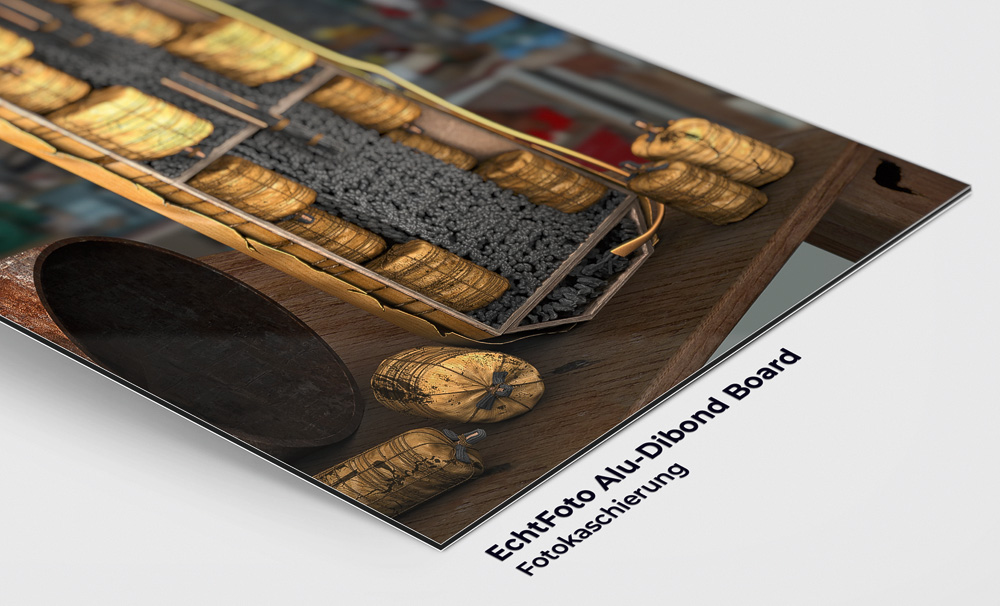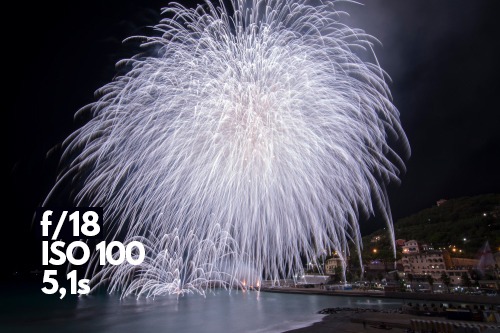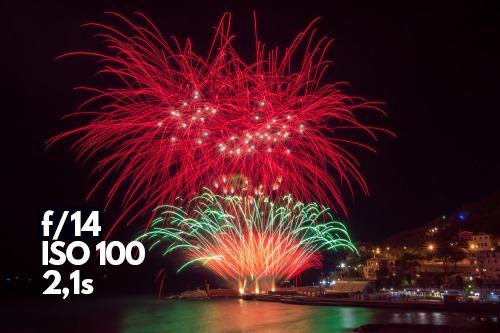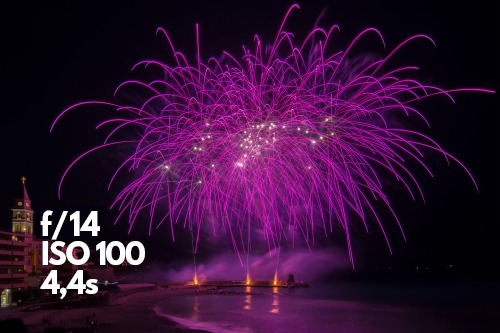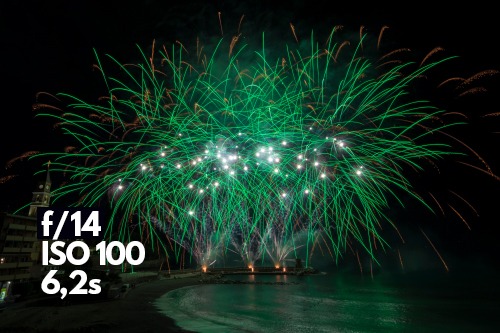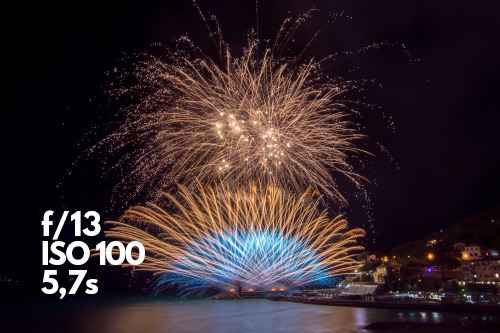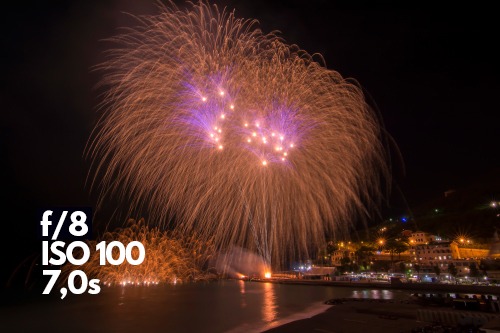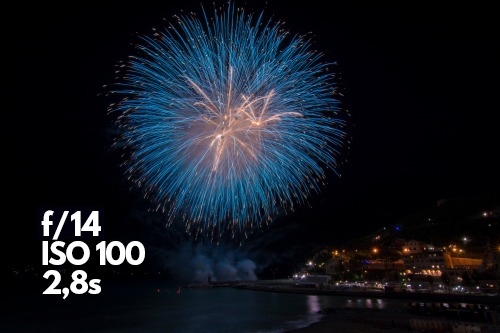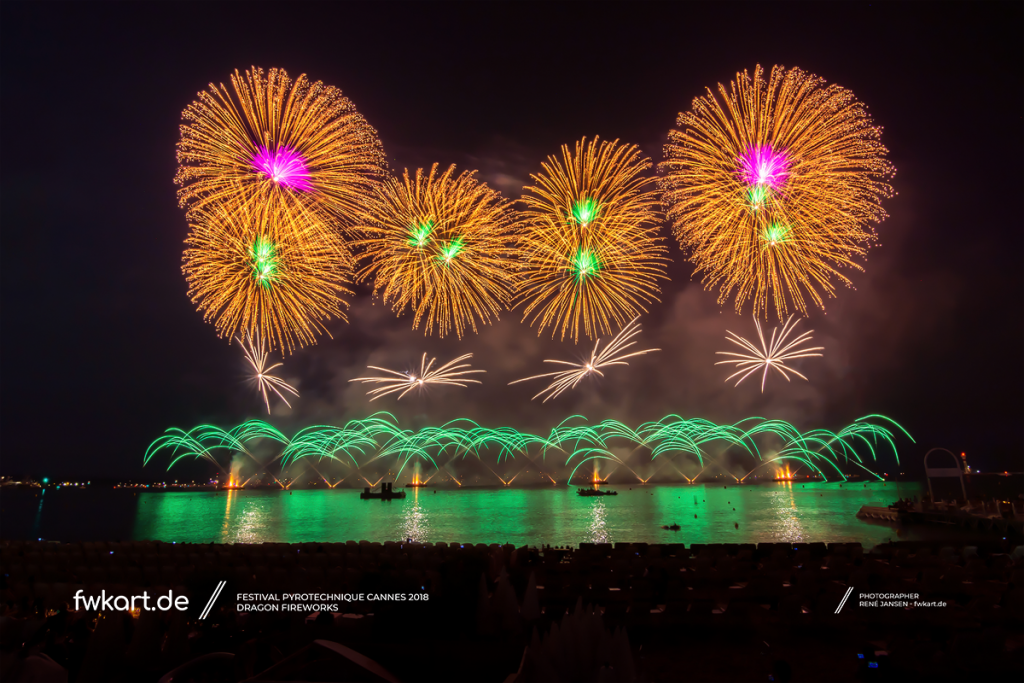Fireworks photography - settings for perfect fireworks photos
In this article I will take you by the hand and show you that photographing fireworks is a matter of practice and with a little time and the right camera settings you will succeed the most beautiful fireworks photos.
I myself photograph fireworks since 2009 and have countless fireworks get in front of the lens. Among them are small fireworks as well as large stagings.
Artikel in Deutsch: How-To | Feuerwerk fotografieren – Einstellungen, Tipps (fwkart.de)
Inhaltsverzeichnis [TOC]
- Fireworks photography - settings for perfect fireworks photos
- Quick start - photograph fireworks
- Quick start
- Zylinderbombe im Querschnitt als Poster, Leinwand oder Alu-Dibond
- Contents
- How fireworks work
- The equipment for photographing fireworks
- The technical
- Zylinderbombe im Querschnitt als Poster, Leinwand oder Alu-Dibond
- Zylinderbombe im Querschnitt als Poster, Leinwand oder Alu-Dibond
- Photographing the environment for fireworks
- Other
